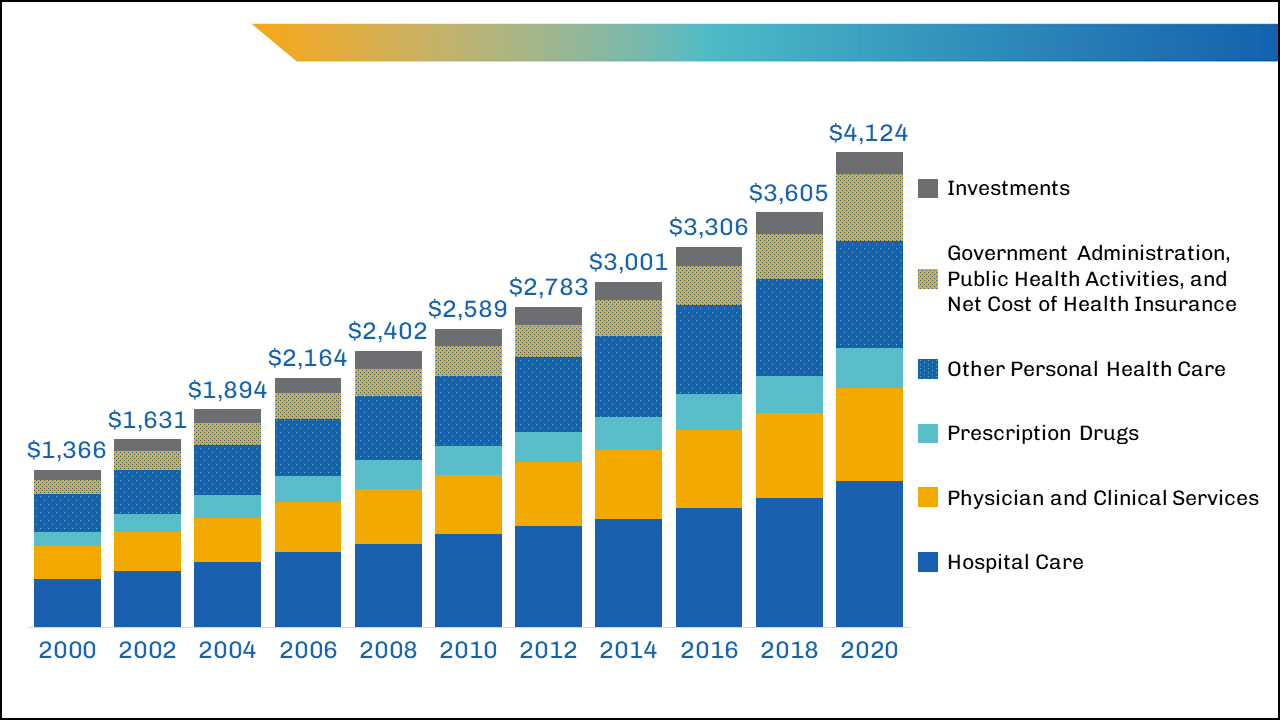Exactly How Healthcare RCM Solutions Streamline Invoicing and Collections
Exactly How Healthcare RCM Solutions Streamline Invoicing and Collections
Blog Article
A Comprehensive Overview on How Healthcare RCM Works to Improve Billing and Collections
Browsing the intricacies of healthcare revenue cycle monitoring (RCM) is crucial for companies aiming to improve their invoicing and collections processes. The overview unpacks the details of RCM, from patient enrollment to balance dues management, supplying understandings into maximizing each step. Integrating sophisticated modern technology and standard procedures can dramatically reduce insurance claim denials and increase payment cycles. Yet, the real challenge hinges on perfectly combining these components to enhance capital. As we explore the core elements and strategies that drive efficiency, one question continues to be: how can health care entities ideal setting themselves to grow economically in an ever-evolving sector?
Understanding Profits Cycle Monitoring
RCM is a vital management feature that encompasses the entire economic process of client care, from the initial appointment setting to the final settlement of the equilibrium. It is a complicated procedure made to determine, collect, and take care of the profits from the services supplied to clients.
The RCM procedure starts when an individual routines an appointment and expands via the individual's care trip, consisting of invoicing and collections. A key objective is to decrease the time between getting and giving a solution repayment, thus improving the company's monetary wellness. RCM includes numerous functions such as person registration, insurance verification, fee capture, coding, claims entry, payment uploading, and taking care of charms and denials.
Key Components of RCM
In the world of Revenue Cycle Management (RCM), understanding its crucial elements is basic to accomplishing economic efficiency within health care companies. RCM is an extensive procedure that includes numerous stages, each essential to making sure reliable payment and collections. The key elements consist of person registration, insurance coverage confirmation, cost capture, coding, case submission, payment publishing, and balance due monitoring.


As soon as coded, cases are submitted to payers, where precision is paramount to stay clear of delays or rejections - Healthcare RCM. Payment publishing includes recording the obtained payments, which allows for the settlement of accounts. Lastly, accounts receivable management concentrates on tracking and attending to unsettled insurance claims, making sure prompt follow-up and resolution
Each part of RCM is adjoined, and inefficiencies in any kind of part can interrupt the whole cycle. As a result, grasping these aspects is vital for doctor to enhance profits and improve their economic health and wellness.
Strategies for Reliable Payment

Systematizing invoicing treatments throughout the organization is an additional crucial method. Establishing clear standards for documents, coding, and submission aids maintain uniformity and conformity with regulatory needs. Educating team frequently on these treatments guarantees everybody is up-to-date with the current changes in invoicing codes and payer plans.
Precise cost capture is crucial in protecting against income leak. Executing regular audits and tracking systems permits for the identification and improvement of discrepancies before they impact revenue. Furthermore, maintaining open lines of communication with payers assists to rapidly settle any disputes or misunderstandings that may occur.

Lastly, appealing individuals early in the payment procedure by providing clear price quotes and instructional materials regarding their financial obligations can significantly minimize confusion and improve settlement timeliness. These strategies jointly contribute to a more economically healthy and balanced and reliable billing system.
Enhancing Collections Procedures
A durable collections procedure is important for preserving monetary security within medical care organizations. Provided the complexities of medical invoicing and the range of payer requirements, boosting the collections process entails executing tactical procedures that make certain precise and discover this timely settlement of solutions made. Central to this is the use of technology to automate and simplify processes, enhancing and reducing hand-operated mistakes efficiency. Automation devices can assist in tracking claim statuses, sending prompt suggestions to clients, and managing rejections much more efficiently.
Transparent and clear patient interactions are important. Providing comprehensive descriptions of costs and supplying versatile payment strategies can enhance client satisfaction and prompt settlements.
Normal audits of the collections process must be carried out to determine areas for improvement and make certain compliance with guidelines. By assessing information, medical care organizations can identify fads, expect prospective issues, and adjust approaches appropriately (Healthcare RCM). Inevitably, a well-enhanced collections procedure not just supports financial health however likewise adds to a more smooth experience for clients and personnel alike
Optimizing Income Streams
Structure upon the structure of a strong collections procedure, medical care organizations can better boost their financial security by tactically optimizing revenue streams. This includes a multi-faceted approach, starting with a comprehensive analysis of existing profits resources to identify inefficiencies and locations for development. Utilizing sophisticated data analytics tools allows companies to acquire understandings right into payer mix, client demographics, and service application patterns, allowing for data-driven decisions that enhance revenue capture.
Executing automated invoicing systems can dramatically decrease errors and quicken cases refining, making my review here certain that profits is collected extra efficiently. Additionally, maximizing payer agreements through routine arrangements can improve repayment rates and terms, straight influencing the lower line. Branching out solution offerings, such as incorporating telehealth or health care, can additionally bring in a broader client base, thus raising profits potential.
An additional critical component is improving individual engagement and complete satisfaction, as completely satisfied individuals are most likely to adhere to treatment strategies and useful site make timely payments. Offering versatile payment options and transparent payment methods can improve collections and foster client loyalty. Healthcare RCM. By adopting these approaches, healthcare organizations can create an extra resistant economic structure, ensuring sustained growth and security in an ever-changing sector landscape
Verdict
In final thought, healthcare Profits Cycle Monitoring (RCM) plays an important duty in enhancing billing and collections procedures by integrating key elements such as client enrollment, insurance coverage confirmation, fee capture, coding, declares entry, and receivable management. By using advanced modern technology, standardizing treatments, and fostering client involvement, doctor can significantly lower case denials, accelerate payment cycles, and boost capital. This detailed approach to RCM inevitably causes improved financial effectiveness and sustainability for healthcare companies.
The RCM procedure starts when a patient timetables a consultation and expands through the individual's care journey, including invoicing and collections.Another critical element is enhancing patient involvement and fulfillment, as pleased patients are more likely to adhere to treatment plans and make prompt repayments. Offering adaptable repayment alternatives and transparent payment methods can boost collections and foster individual commitment.In verdict, health care Earnings Cycle Monitoring (RCM) plays an important function in optimizing payment and collections processes by integrating crucial components such as patient registration, insurance coverage verification, cost capture, coding, asserts entry, and accounts receivable administration. By using sophisticated technology, systematizing procedures, and fostering person involvement, medical care carriers can substantially decrease claim rejections, increase repayment cycles, and boost cash money flow.
Report this page